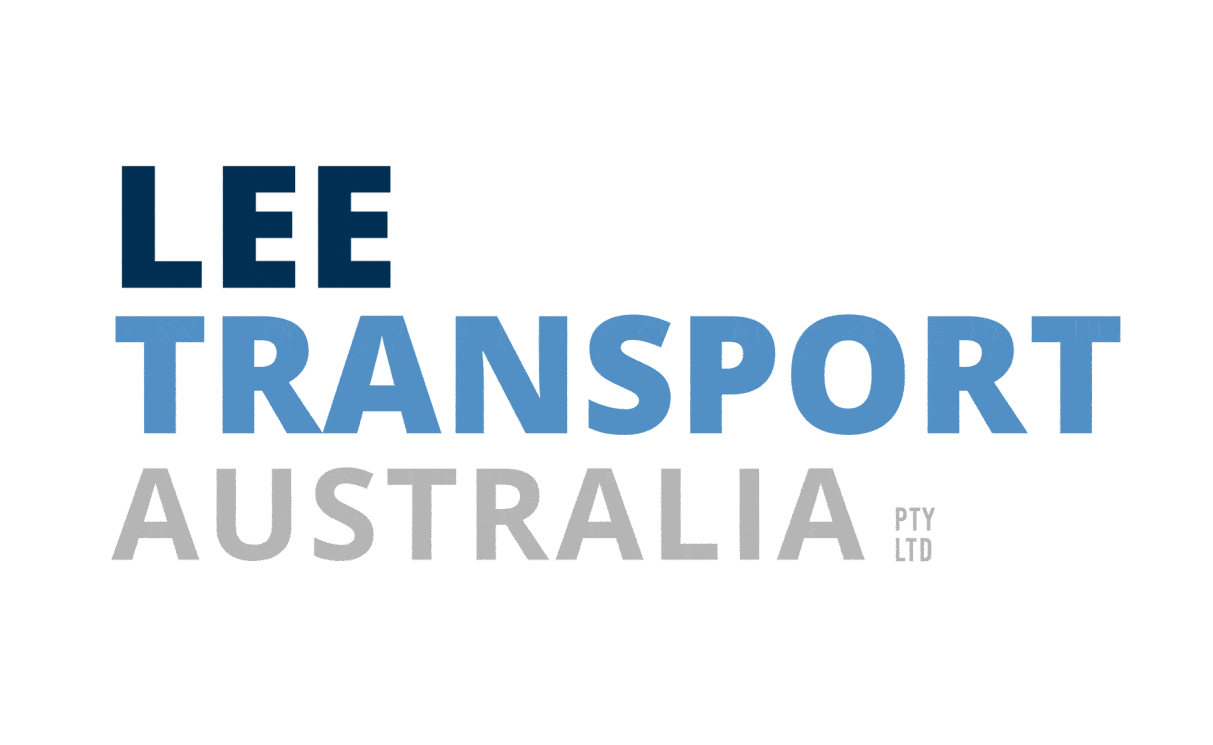In Australia, the Commonwealth is responsible for regulating the transport of dangerous goods by air through the Civil Aviation Safety Authority (CASA) and by sea through the Australian Maritime Safety Authority (AMSA), while the Australian states and territories have responsibility for road and rail transport of dangerous goods.
You may not be aware your item is dangerous. That’s why it’s important to check the different classifications and ensure your shipment is safe and compliant. If you’re still unsure whether your shipment is classified as dangerous goods, ask the manufacturer or supplier for a Safety Data Sheet (SDS). If it shows or mentions a UN number, it is a dangerous good.
Classification of dangerous goods
There are nine classes of dangerous goods, plus a few sub-classes. The class your shipment falls under will affect how you pack, label and transport it. Some goods, such as explosives and poisons, are clearly dangerous. But others may surprise you. Aerosols, perfumes and most products that contain lithium batteries – such as mobile phones or laptops – all count too.
Like fireworks or flares
DG classification: 1. Explosive substances and articles
Like aerosols or camping gas
DG classification: 2.1. Flammable gas
Like compressed oxygen
DG classification: 2.2. Non-flammable gas
Like insecticide gases
DG classification: 2.3. Toxic gas
Like solvents or paints
DG classification: 3. Flammable liquids
Like matches
DG classification: 4.1. Flammable solids
Like phosphorus
DG classification: 4.2 Substances liable to spontaneous combustion
Like calcium carbide
DG classification: 4.3. Substances that emit flammable gases when in water
Like fertiliser
DG classification: 5.1. Oxidising substances
Like fibreglass repair kits
DG classification: 5.2. Organic peroxides
Like pesticides
DG classification: 6.1. Toxic substances
Like blood tests or medical trials
DG classification: 6.2. Infectious substances
Like smoke detectors
DG classification: 7. Radioactive material
Like bleach or drain cleaner
DG classification: 8. Corrosive substances
Like airbags, magnets, telephones or laptops
DG classification: 9. Miscellaneous
Like separate lithium cells and batteries
DG classification: 9. Miscellaneous
Responsibilities
It’s the shipper’s responsibility to ensure dangerous goods are correctly declared, packed and labelled with the right documentation for the countries of origin, transit and destination. Shipping dangerous goods require special transport and handling services. If in doubt, it’s best to get in touch directly with your chosen carrier and enquire about the specific goods you are wanting to ship.
At Lee Transport, we are experienced in moving all kinds and classifications of freight. This includes but is not limited to beer, chemicals, farm supplies, scaffolding, turf, stock feed and machinery. We are always happy to have a chat about the types of goods you want to move, so get in touch with us at (07) 5482 1697, or online here.
